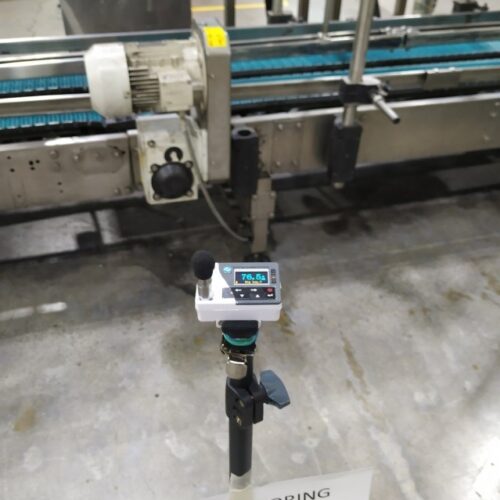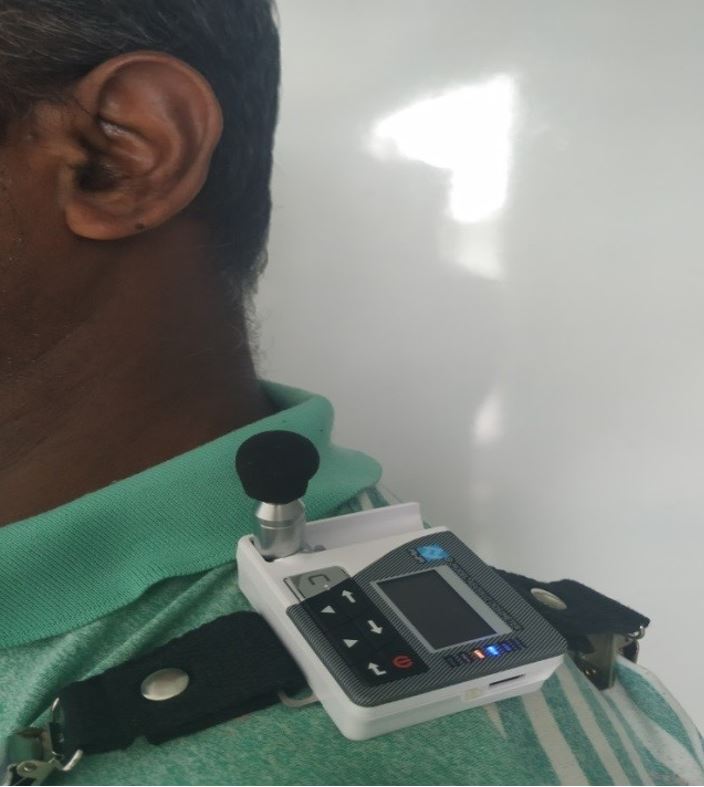Noise Monitoring
Hazardous noise can destroy the ability to hear clearly and can also make it more difficult to hear the sounds necessary for working safely. Noise not only damages hearing, it can have other adverse health effects. Persistent noise stress can increase the risk of fatigue and cardiovascular disorders including high blood pressure and heart disease.
Noise is considered to be harmful if eight-hour equivalent sound pressure level LAeq,8hr is above the exposure standard of 85 dB(A) and peak noise LCpeak is above 140 dB(C) as stipulated in Health and Safety at Work- General Workplace Conditions Regulations 2003 and AS/ NZS 1269.1. Therefore, workplace noise should be kept lower than the exposure standard, which protects most but not all people.
Employers must manage risks to health and safety relating to hearing loss associated with noise and they have a duty to ensure that the noise exposed to workers does not exceed the exposure standard.
A basic Noise Management or Hearing Conservation Program should include:
1. Noise Monitoring
2. Noise Control Measures
3. Audiometric (Hearing) Testing
4. Training and education on Noise
1. Noise Monitoring
In order to determine if noise exposures are at or above this level, it is necessary to monitor the actual noise levels in the workplace and to identify the noise exposure (dose) received by employees during the work day and week.
OHCS conducts ambient noise and personal noise surveys with data logging for personnel using noise dosimeters to determine (TWA) LAeq,8h which is 8 hour equivalent noise for comparison with noise exposure standard and intended noise controls measures. Noise monitoring is carried out in accordance with AS/NZS 1269.1, Part 1: Measurement and assessment of noise immission and exposure.
2. Noise Control Measures
Noise control measures must be implemented upon thorough noise monitoring by a competent person based on the hierarchy of noise control. Employers must eliminate risks arising from hazardous noise, or if that is not reasonably practicable, minimise the risks so far as is reasonably practicable.
If personal protective equipment is to be used at the workplace, employers must ensure the correct class of equipment is selected to minimise risks to health and safety. Personal hearing protectors should be selected and maintained in accordance with AS/NZS 1269.3: Occupational noise management – Hearing protector program.
The attenuation values should be derived from attenuation measurements made from noise monitoring in accordance with AS/NZS 1270:3 Acoustics – Hearing protectors. Recommended class of hearing protector for specific noise levels are as follows:
|
Measured exposure LAeq,8h dB(A) |
Class of Hearing Protector |
|
Less than 90 |
1 |
|
90 to less than 95 |
2 |
|
95 to less than 100 |
3 |
|
100 to less than 105 |
4 |
|
105 to less than 110 |
5 |
3. Audiometric Testing
Audiometric testing is required for workers who are frequently required to use personal protective equipment (PPE) to protect them from the risk of hearing loss associated with noise that exceeds the exposure standard LAeq,8hr of 85 dB(A).
Also monitoring of hearing with regular audiometric testing is required in situations where exposure to ototoxic chemicals and vibration can result in hearing loss.
4. Training and Education
Training and education on occupational noise should be provided to workers who are exposed to hazardous noise that is necessary to protect them from risks to their health and safety from noise exposures.
If you are interested in implementing a noise management plan or hearing conservation programs as mentioned above, please do contact Rohith Prasad.


